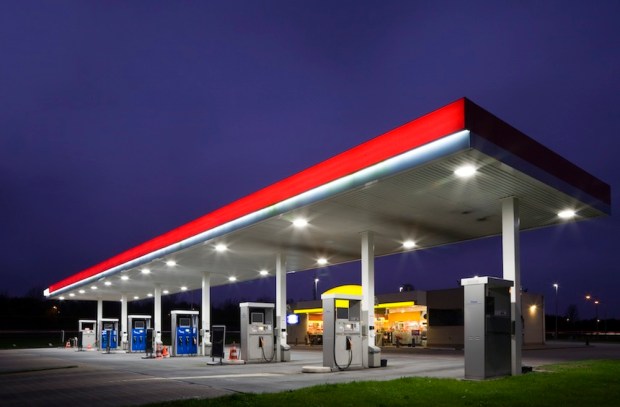Adding Fuel In The Tank For Mobile At The Pump?

Visa and Mastercard have extended the deadline for chip card readers at U.S. gas stations. While that may push out the conversion of pumps nationwide, there may be a silver lining, says WEX’s Phil Baker, director of mobile and payments, as fleets look to track spend (and pay safely) at the pump.
Earlier this month, Visa and Mastercard said they had extended the deadline for U.S. gas station owners to install EMV chip card readers at the pump.
And the deadline’s been extended by quite a lot, by three years, from 2017 to 2020. As with any wholesale shift in technology, time and money are part of the effort. And in the case of the former, it seems there just wasn’t enough time. The new deadlines speak volumes about the upgrades needed, and as Visa noted in its own statement on the matter: “Older pumps may need to be replaced before adding chip readers, requiring specialized vendors and breaking into concrete.” And in addition, there are still issues surrounding adequate supplies of the actual hardware in place should that 2017 deadline have remained in force.
Estimates show that gas station operators might have to spend as much as $30,000 per location to bring the payment tech up to snuff (regardless of the deadline), as noted by the National Association of Convenience Stores. One point of comfort might rest with the fact that Visa has said that fraud rates at the pump are low in comparison to almost all other points of card activity, comprising about 1.3 percent of total payment fraud in the U.S.
In an interview with PYMNTS, Phil Baker, manager of mobile and payments at corporate payments solution firm WEX, which is focused on fleet cards, said that the transition toward EMV already “had been going slowly,” tied in part to the fact that there is a widespread need to “dig up pumps and run new lines” to those pumps, even while changing the technology at those pumps and, in the process, still being on the hook for chargebacks and liabilities tied to fraud. The recent deadline extension, he said, took many in the industry by surprise. But for fleet management, he said, and for WEX, the adoption of cards themselves lag the technology that needs to be put in place to ensure the transactions via physical (EMV chip) cards are safe. To that end, he said, WEX “is still prepared to have a chip-enabled card” ready to debut in 2018.
One upshot, per Baker, is that, as the transition gets pushed out, the longer timeframe allows for adoption of other payment methods beyond chip cards. One beneficiary may be mobile payments. Fleets can push for this payment method to track spend at the pump but also to grab data that can help firms manage costs, spanning everything from fuel spend (along more efficient routes) to tracking vehicle location.
